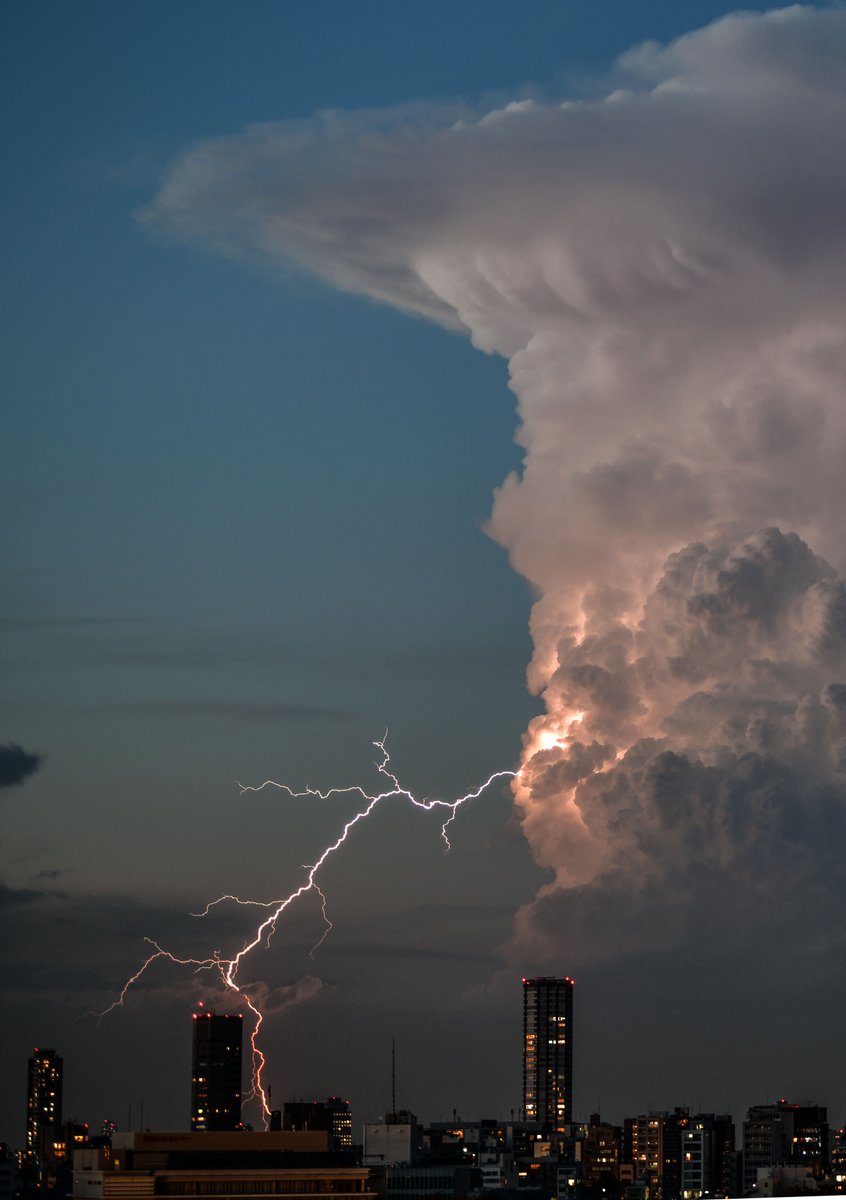
A Striking Photo of an Enormous Cumulonimbus Cloud over Tokyo by
The CbFg reaches the upper troposphere or even lower stratosphere and may involve precipitation (although usually light), [8] hail, lightning, extreme low-level winds, and in some cases even tornadoes. [9]

Cumulonimbus Lightning Cloud YouTube
Cumulonimbus clouds are also called thunderstorms, since they usually have lightning and thunder associated with them. Cumulonimbus clouds develop from cumulus humulus and cumulus congestus clouds. Read More tropical cyclones In climate: Conditions associated with cyclone formation All these conditions may be… Read More

Upward Lightning from a Cumulonimbus thundercloud. From the anvil of a
A lot of things go on in our afternoon sky, on the Gulf Coast. It's the water cycle in action as the sun heats the earth and a south wind and seabreeze carry.
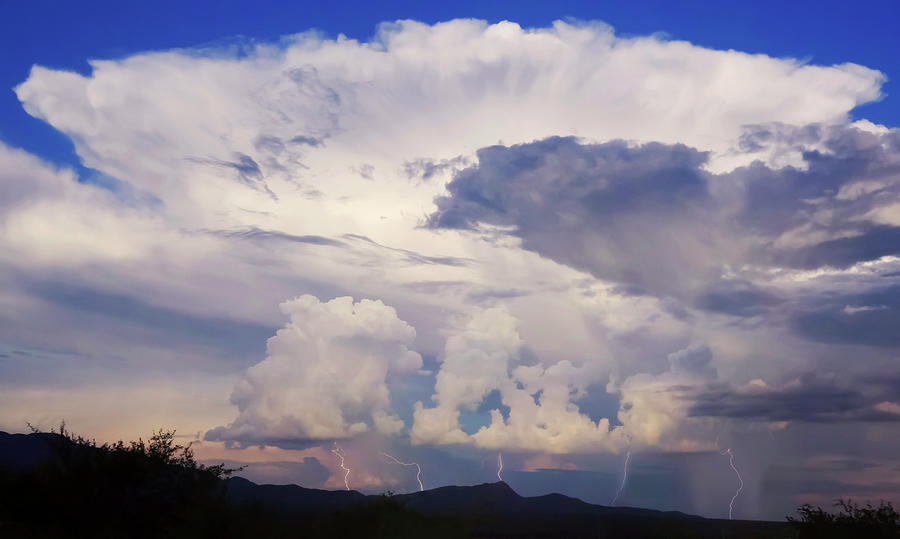
A Cumulonimbus Cloud and Lightning, Hereford, AZ, USA Photograph by
Definition: Dark-based storm cloud capable of impressive vertical growth and heavy precipitation Description & Characteristics. Cumulonimbus clouds are responsible for stormy weather. If you're looking up at a cloud that's causing rainy and windy conditions, creating hail, thunder, and lightning, you're in close proximation of a cumulonimbus cloud.

Cumulonimbus Lightning Cloud Lewisville, TX March 27, 2014 YouTube
Transcript NARRATOR: The typical thunderstorm cloud is the cumulonimbus, or thundercloud. Like many clouds, the cumulonimbus develops when warm air rises from the surface of the earth. As the warm air rises, it cools, and water vapor condenses into minute cloud droplets.

Storm Clouds Lightning Lightning leaps out of this towering
Lightning is usually associated with cumulonimbus clouds (thunderclouds), but it also occurs in stratiform clouds (layered clouds with a large horizontal extent), in snowstorms and dust storms, and sometimes in the dust and gases emitted by erupting volcanoes.

photo santiago borja, 2016 national geographic nature photographer of
The cumulonimbus cloud, or thunderstorm, is a convective cloud or cloud system that produces rainfall and lightning. It often produces large hail, severe wind gusts, tornadoes, and heavy rainfall. Many regions of the earth depend almost totally upon cumulonimbus clouds for rainfall.
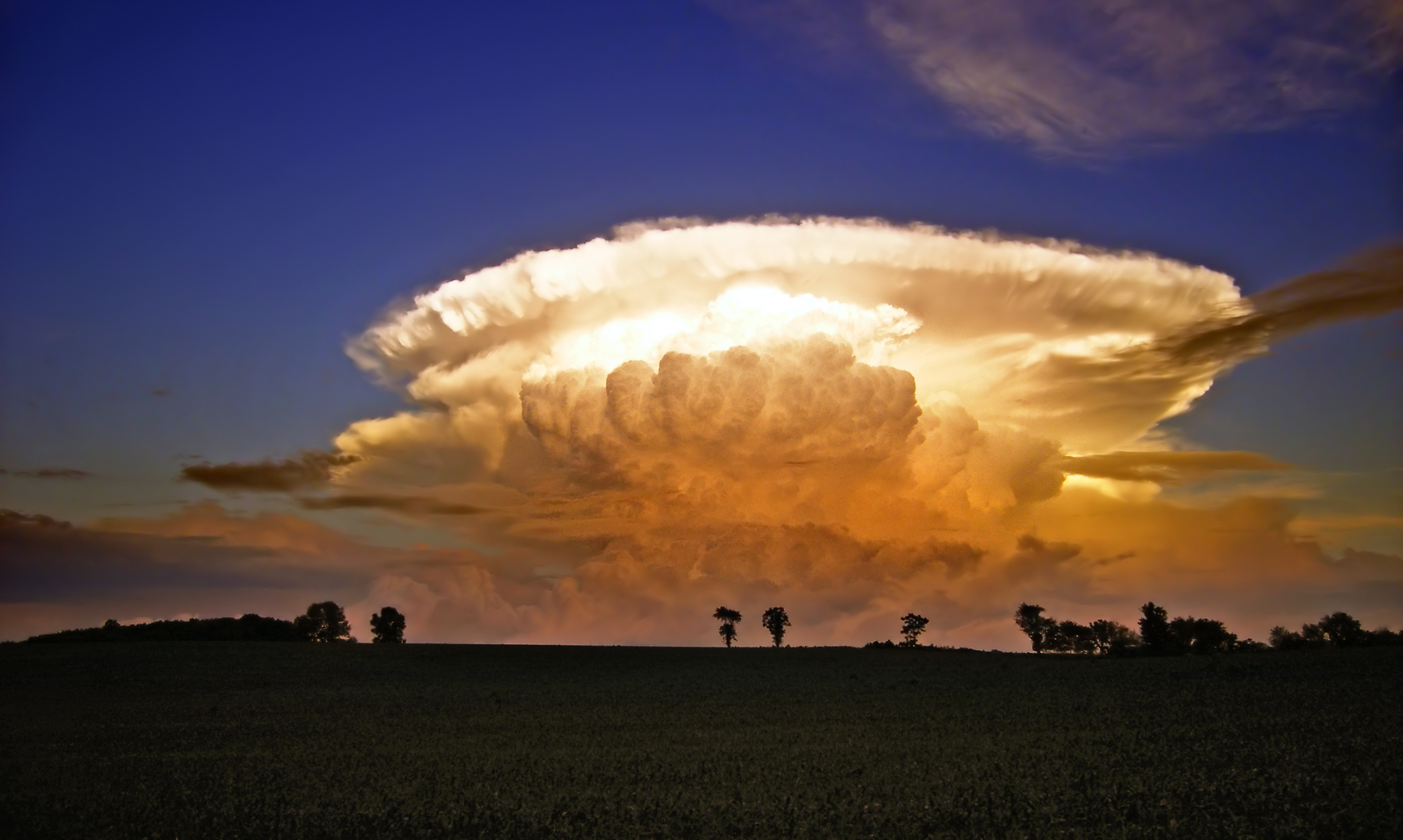
Cumulonimbus Clouds & Their Features Higgins Storm Chasing
Lightning in thunderstorms comes from cumulonimbus clouds. The average duration of a lightning strike is 0.52 seconds, but it consists of a series of shorter strokes each lasting between 60 and 70 microseconds. On average, a lightning strike releases a gigajoule of energy and heats air to temperatures five times hotter than the surface of the Sun.

Lightning bolt in the night sky as a thunderstorm cumulonimbus cloud
Cumulonimbus clouds are also known as thunderheads due to their unique mushroom shape. These clouds often produce lightning in their heart. This is caused by ionized droplets in the clouds rubbing.

Airplane Passenger Captures Cumulonimbus Cloud in Action The Weather
Cumulonimbus clouds are known for producing lightning, specifically intracloud lightning, which occurs within the cloud itself. This type of lightning plays a significant role in creating right-moving storm systems that can impact weather patterns and cause heavy rainfall, hailstorms, and even tornadoes.

Lightning In Cumulonimbus Stock Image C001/5061 Science Photo Library
These clouds are capable of producing lightning and other dangerous severe weather, such as tornadoes, hazardous winds, and large hailstones. Cumulonimbus progress from overdeveloped cumulus congestus clouds and may further develop as part of a supercell. Cumulonimbus is abbreviated Cb . Appearance Cumulonimbus calvus cloud in Monterrey, Mexico.

Lightning illuminates a cumulonimbus cloud over Corio Bay, Victoria
Cumulonimbus clouds are one of the most recognisable cloud types, characterised by their threatening anvil-shaped tops and the torrential rain, hail, thunder and lightning that they often.
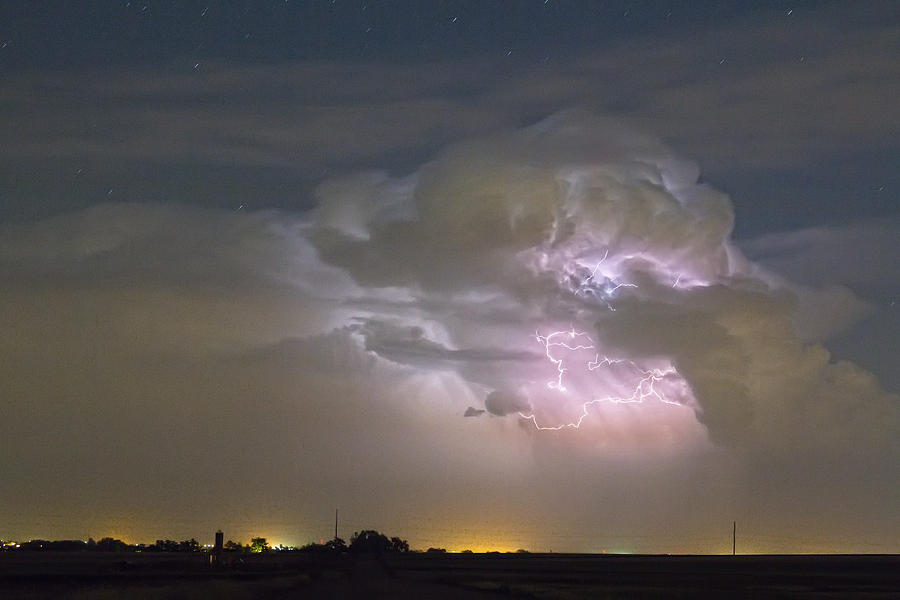
Cumulonimbus Cloud Explosion Photograph by James BO Insogna
They are most commonly accompanied by thunderstorms, strong gusts, turbulence, hail, and lightning. Cumulonimbus clouds represent a hazard to aviators for all of these reasons. It is recommended to avoid them by a large margin. Just what makes cumulonimbus clouds so dangerous?

Isolated cumulonimbus cloud with positive lightning Clouds
Cumulonimbus clouds are menacing looking multi-level clouds, extending high into the sky in towers or plumes. More commonly known as thunderclouds, cumulonimbus is the only cloud type that can produce hail, thunder and lightning. The base of the cloud is often flat, with a very dark wall-like feature hanging underneath, and may only lie a few.

Cumulonimbus Cloud Time Lapse The Birth of a Lightning Storm! YouTube
Cumulonimbus is composed of water droplets and ice crystals, the latter almost entirely in its upper portions. It also contains large water drops, snowflakes, snow pellets, and sometimes hail. The liquid water forms may be notably supercooled. Within a cold air mass in polar regions, the fibrous ice crystal structure may extend virtually.
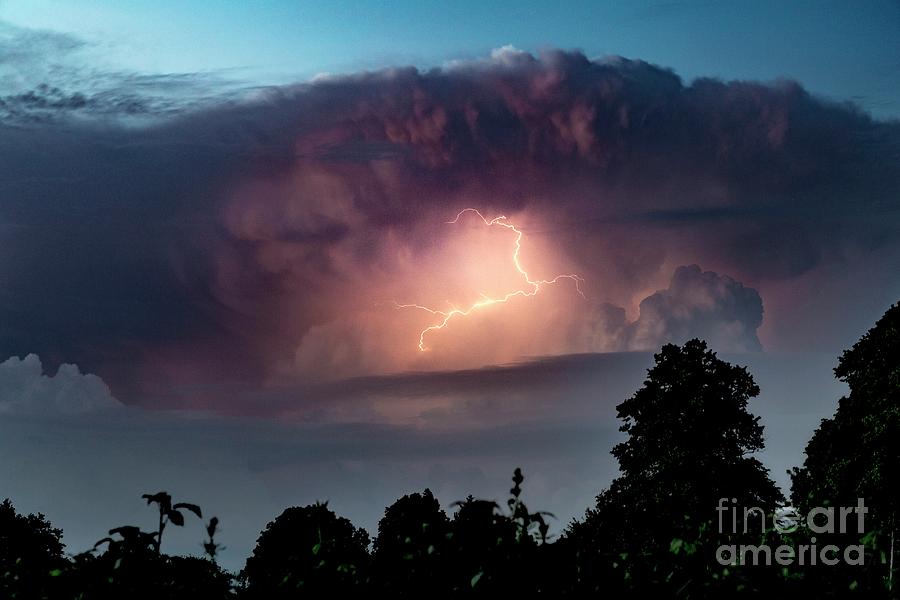
Lightning And Cumulonimbus Clouds Photograph by Stephen Burt/science
It refers to a peculiarly violent atmospheric disturbance linked to extremely intense wildland fire and manifested as a thunderstorm-like cloud. This cloud has a more official--if unwieldy--name,.